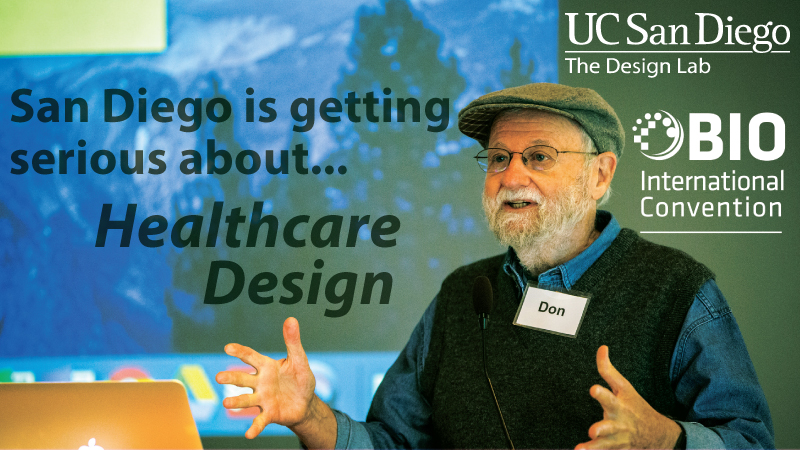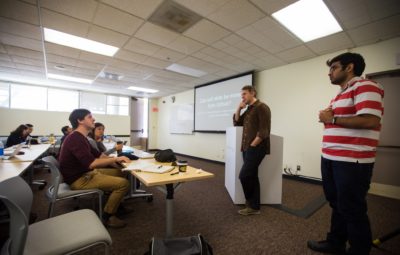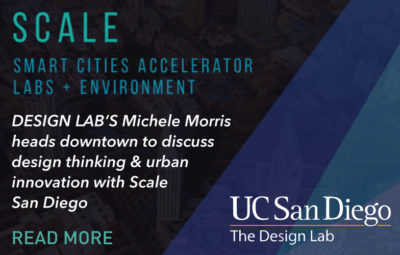By, Dr Steph Habif
In June 2017, San Diego hosted two of the largest annual healthcare conventions – the American Diabetes Association and BIO Interactive. In the wake of these meetings, it’s more obvious than ever that if any of these companies want to succeed, they need to be better at incorporating human-centered design into their businesses.
Here’s why.
Diabetes technology companies want to make it easier for people with diabetes to manage daily life. Said Bigfoot Biomedical CEO Jeffrey Brewer, “We are a new diabetes consumer company aiming to provide access for people of all kinds of skill levels. That means we need to put the consumer at the center, and rather than offering something general, we need to offer something personalized.” The CEOs of Dexcom and Qualcomm Life also talked about the critical nature of being more consumer-friendly and focused.
“We are about connected technology,” said CEO of Qualcomm Life Rick Valencia. “We believe the smartphone should be the remote control for managing everyday health. We want to enable people to get diagnosed faster, get better faster. That means we need to focus on usability and engagement. How do you get patients to engage regularly? I don’t know. We are trying to figure that out. We are looking to successful consumer technology companies to help us better design for engagement.”
Examples of consumer technology companies with human-centered design at the core of their businesses: Instagram (sold for $1 billion to Facebook after being in market for less than two years — now with ~600 million active monthly accounts), Opower (sold for $532 million to Oracle in 2016 — currently enabling 100 global utilities), and Ebay (increased the number of active user accounts from 90 million to 169 million between 2010-2017).

One health technology company that embraces human centered design is GE Healthcare, which was founded on the work principles of Thomas Edison. “Edison understood that in order to use something, it had to be useful, it had to be usable,” said Bob Schwartz, General Manager of Global Design at GE Healthcare. “We prototype things very quickly at very low resolution. We have a bias towards action. We always have an eye toward what we have to deliver; and what we have to deliver is value to customers. The patient is the ultimate customer.”
Healthcare has unique industry challenges, though, because it’s not just about designing for engagement, but also developing a model that the healthcare system can pay for that people will stay engaged in.
Really Complex Problems
The Director of the Design Lab at UC San Diego, Dr. Don Norman, says his team is focused on complex, socio-technical systems. “These really complex problems don’t have obvious answers. There isn’t one solution. But we can certainly make headway, we can make improvements, and so part of what we are trying to do is understand how to take simple steps and make things better.”
Human-centered design is what the Design Lab does: healthcare is one of its core problem areas, and the Lab is working with several departments in the medical school and hospital system, as well as and major medical companies, foundations, and government granting agencies. For example, the Design Lab works with the National Cancer Institute, and is forging partnerships with local companies like Dexcom. “Healthcare,” says Norman, “is an example of something without a simple solution. Healthcare grew over time to form the unorganized, somewhat chaotic combination of government policy and regulation, political forces, medical systems and independent practicing physicians, insurance plans, and the complicity of multiple specialties and clinics, all trying to work together. Yet the system has fundamental contradictions. Although there are no simple solutions, it is possible to make progress, piece by piece.”
The San Diego Scene



